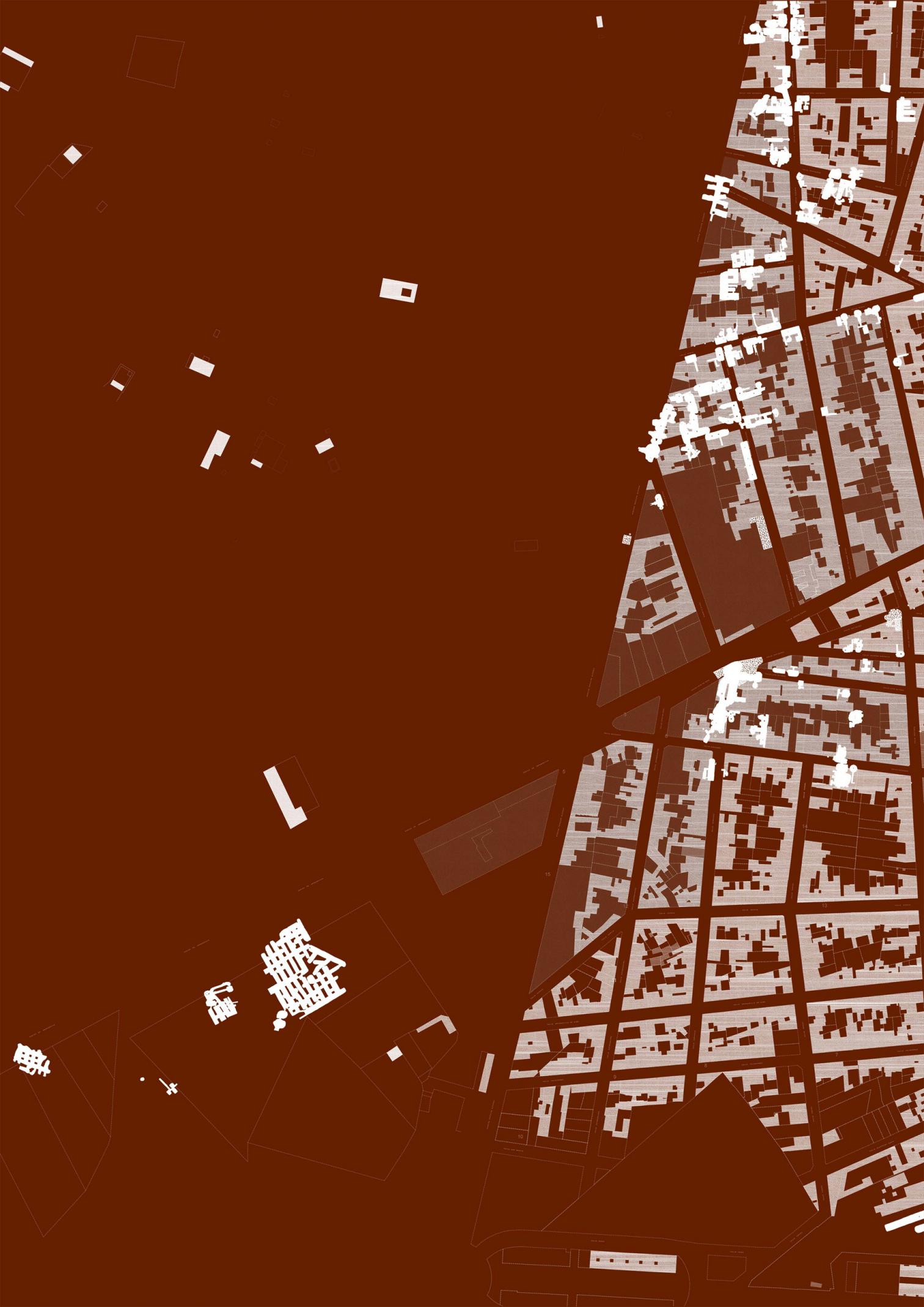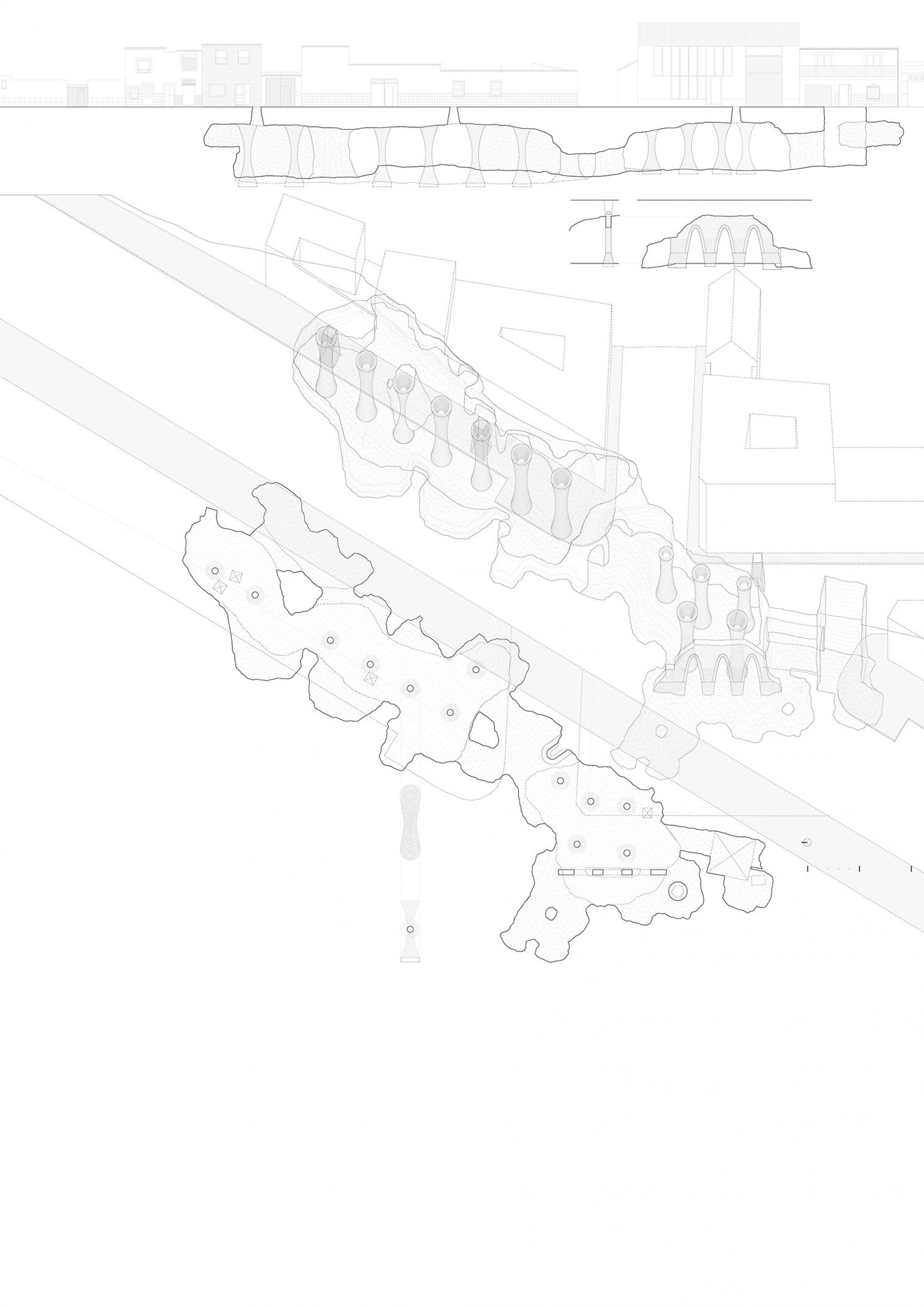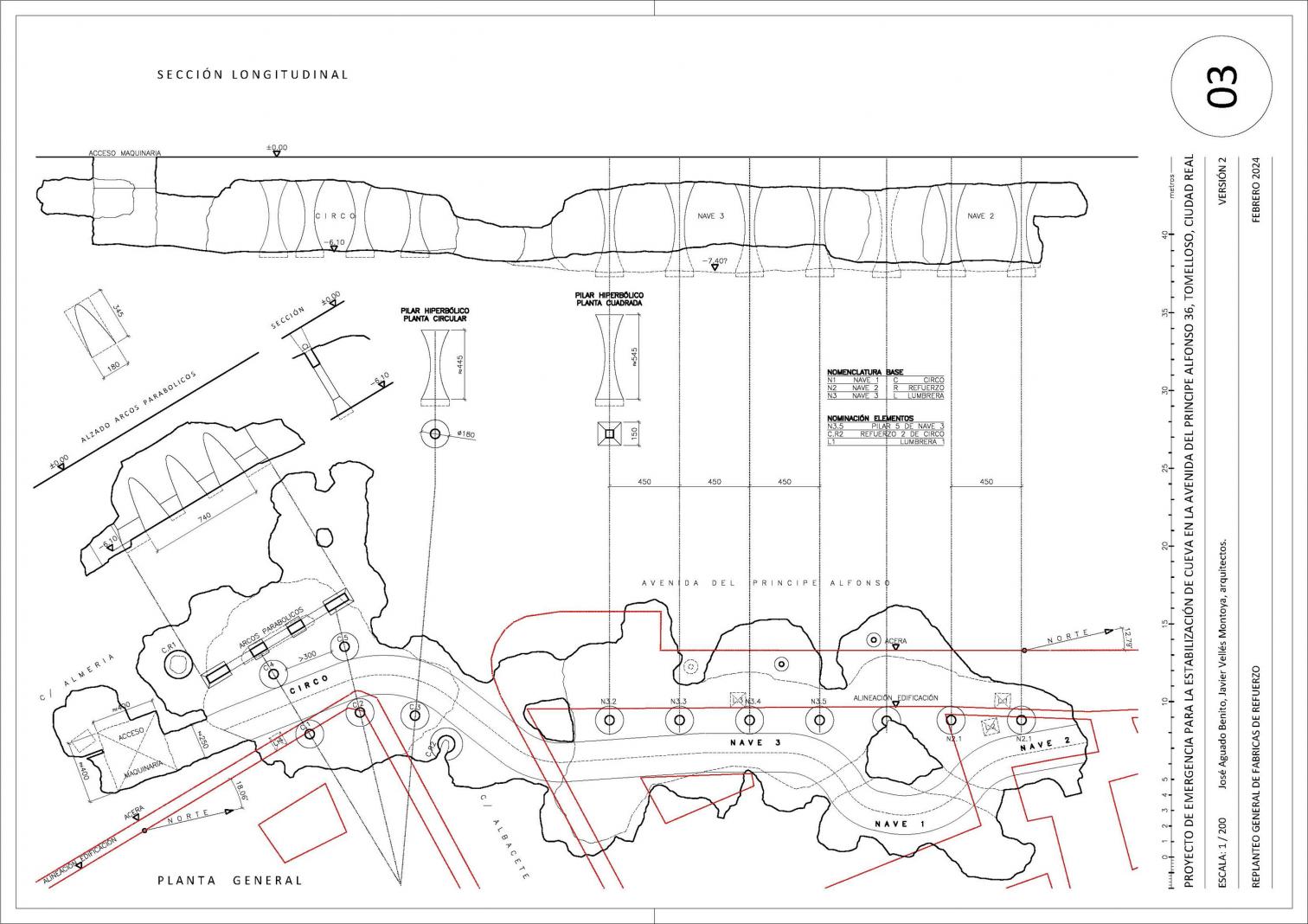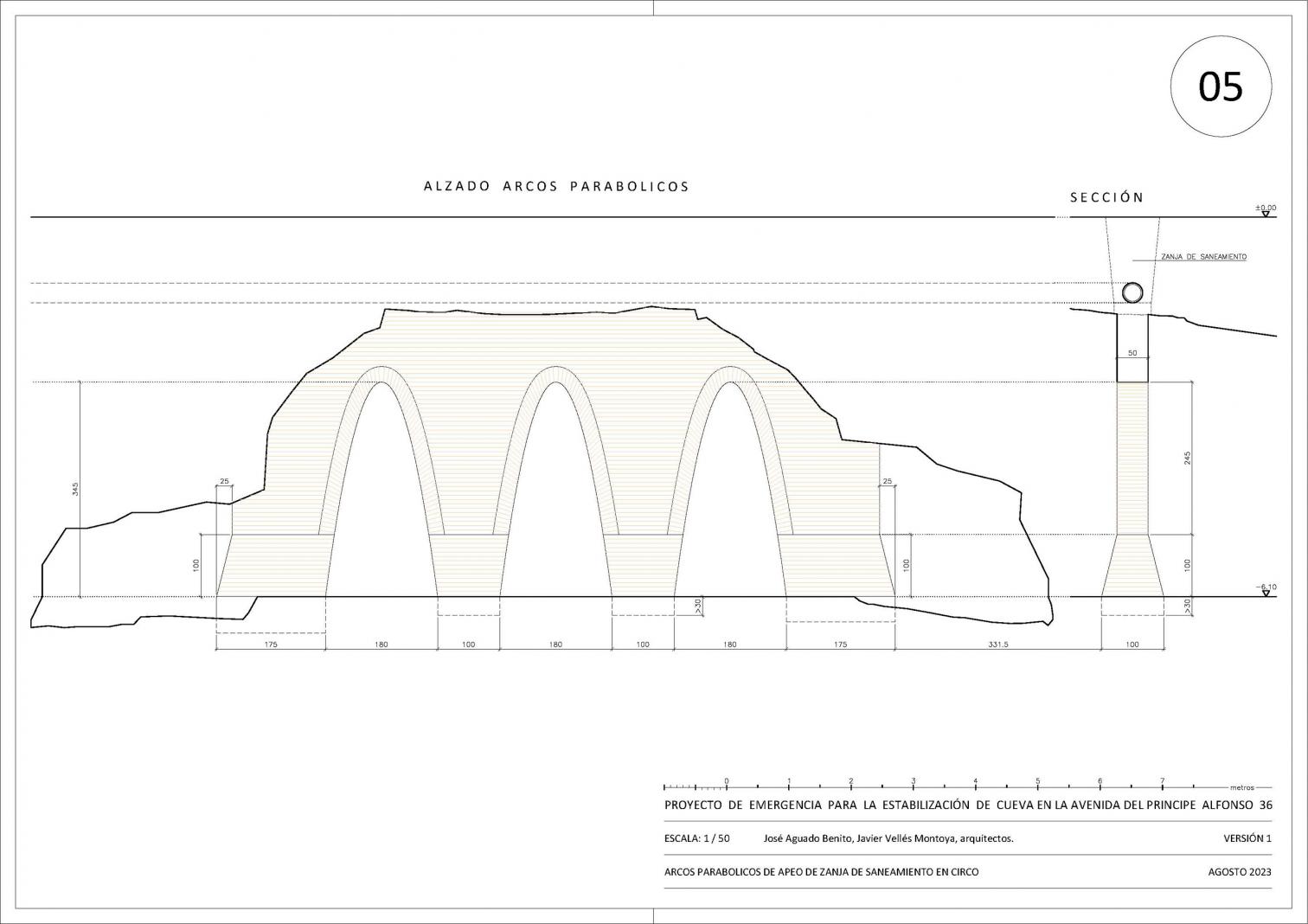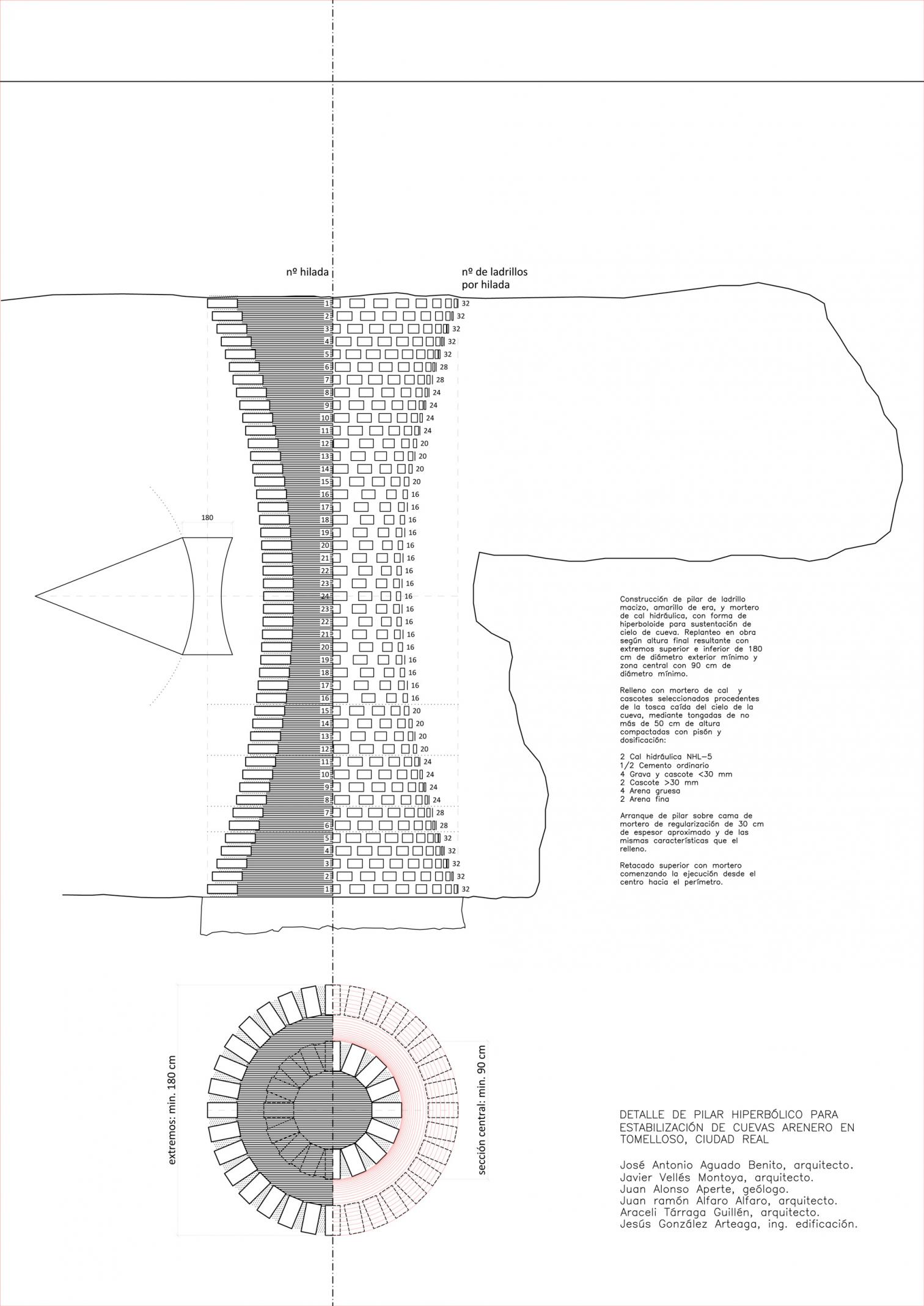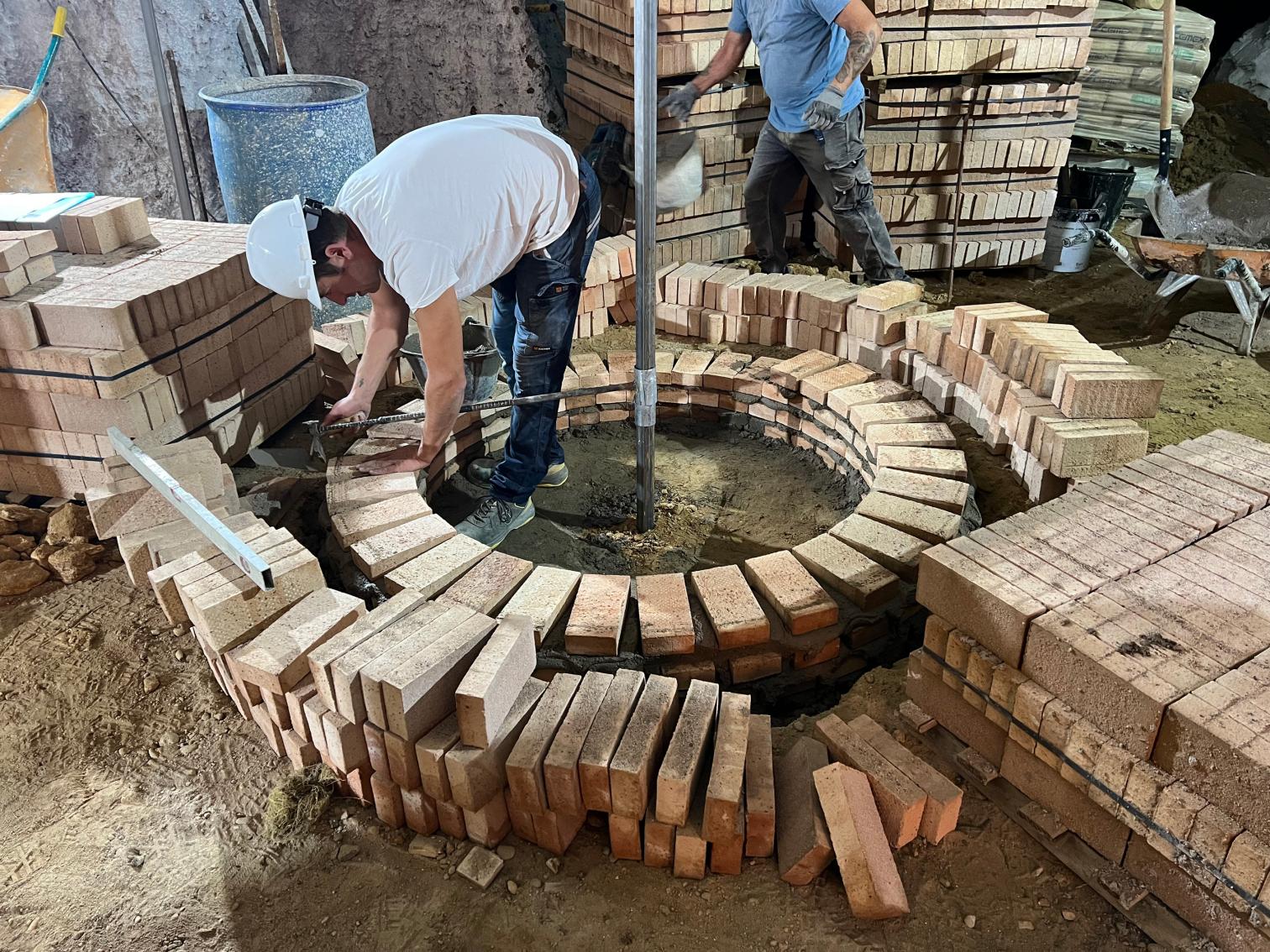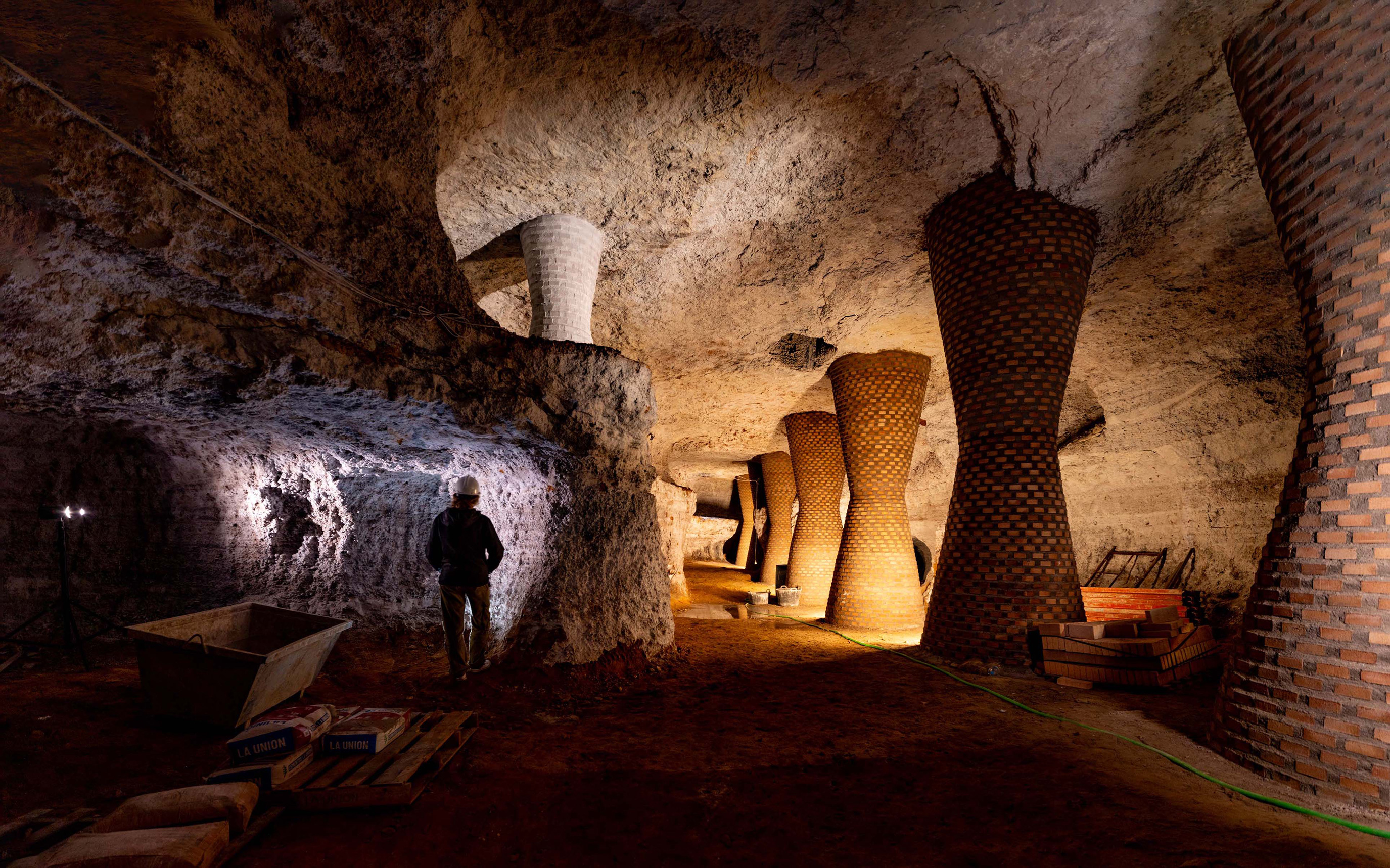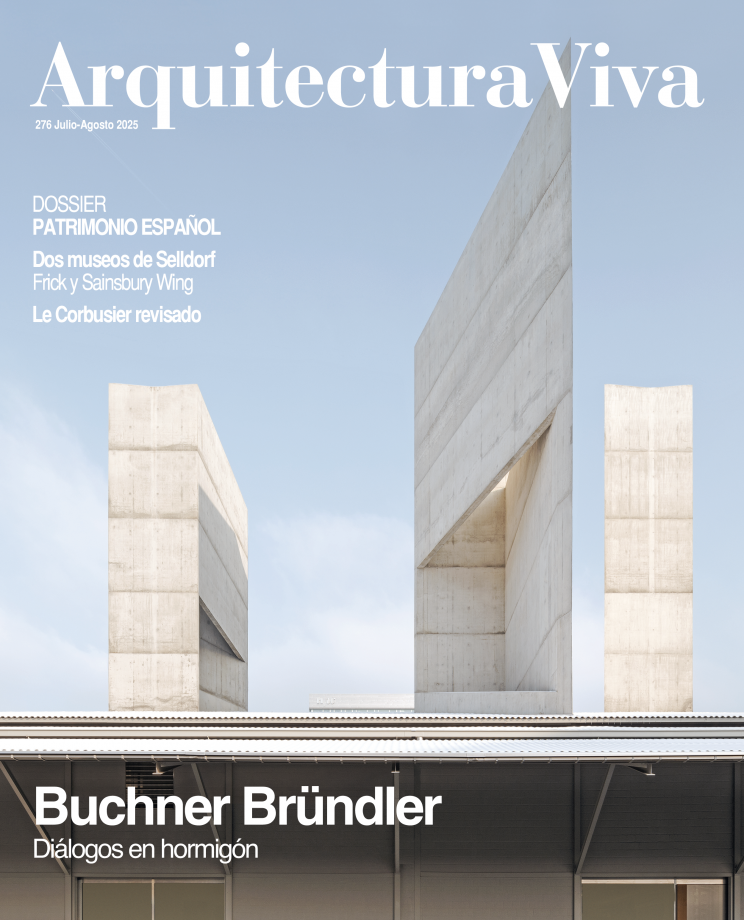Stabilization of the urban anthropic cave system in Tomelloso
José Antonio Aguado Benito Javier Vellés Montoya- Type Refurbishment
- Date 2023
- City Tomelloso (Ciudad Real)
- Country Spain
- Photograph Javier Longobardo
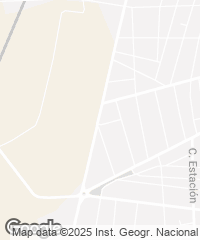
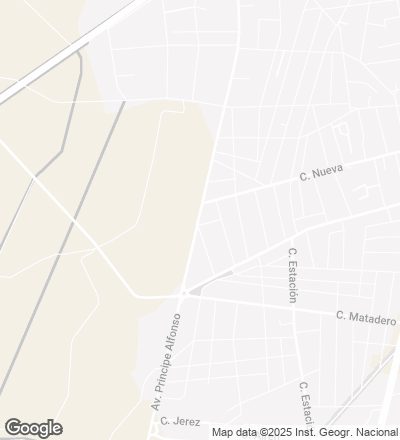
In the heart of Tomelloso’s La Esperanza neighborhood, a multidisciplinary team has successfully executed a project to stabilize a cave system at risk of collapsing under the busy Príncipe Alfonso avenue. The intervention – led by the architects José Antonio Benito and Javier Vellés Montoya, in collaboration with the geologist Juan Alonso Aperte – was an emergency measure taken in view of the serious deterioration of an underground structure over 40 meters long and with spans as long as 12 meters.
The sand caves – excavations carried out with no prior layout plans during periods of extreme need, such as the postwar – are among the most fragile legacies of Tomelloso’s subterranean history. Unlike the region’s traditional wine-cellar caves, these structures resulted from subsistence mining done in pursuit of aggregates, in extremely precarious conditions. This formed very unstable cavities of irregular shapes and large spans.
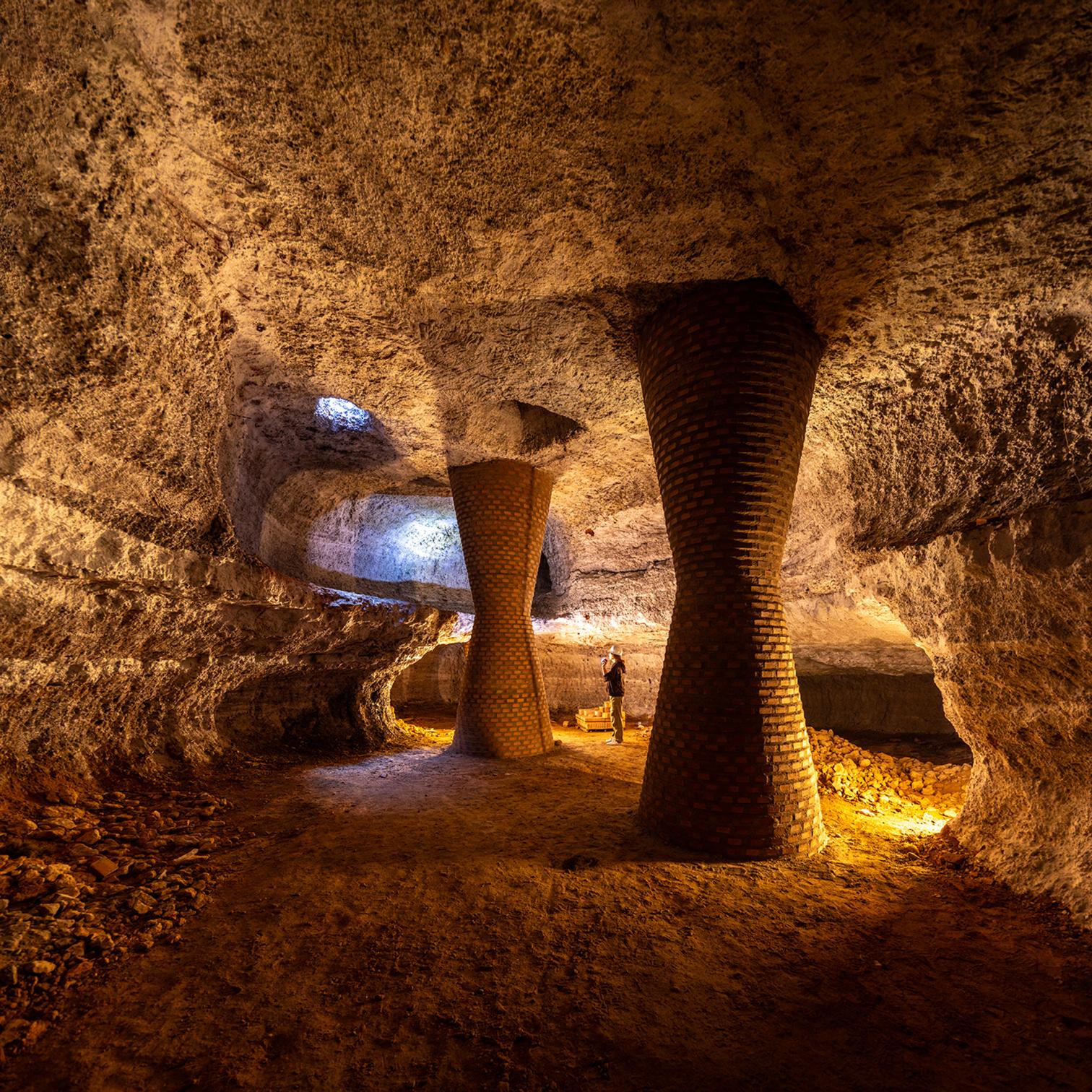
The cave in question was in a very deteriorated state. The roof was damaged, with cracked vaults, internal landslides, active cesspools, and uncontrolled spills. All this was aggravated by the non-stop vibration of heavy traffic on the avenue. The previous two years had seen three collapses in the neighborhood, generating craters up to 11 meters in diameter and more than 6 meters deep, destroying dwellings and part of the road.
The proposal of Aguado, Vellés, and Alonso broke away from conventional solutions. Instead of using sprayed concrete – which alters the environment’s hydric balance – or costly fillings, it opted for a reinterpretation of traditional local techniques, drawing inspiration from the more than 2,000 winery-caves still to be found in Tomelloso.
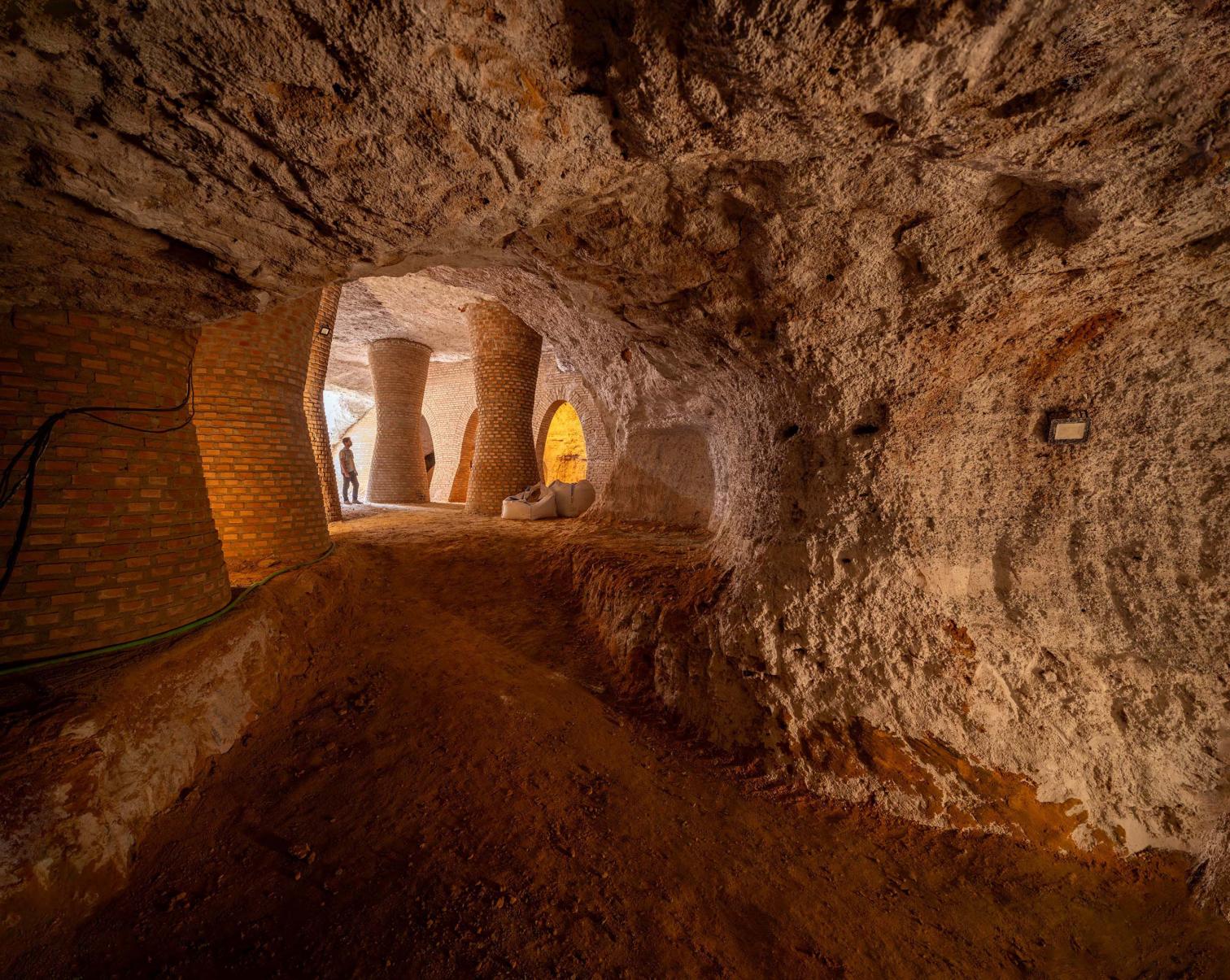
The intervention first considered applying limestone wash on the surfaces. Masonry pillars were then built to reduce spans, along with a wall lightened by parabolic arches that act as linear support for the fractured vault. Both the pillars and the wall have an outer layer of solid brick and a concrete core made of recycled rubble and lime mortar. The pillars have a hyperboloid shape and widen at their ends to avoid unwanted phenomena.
Lime mortar was chosen for both structural and environmental reasons: it would maintain the water balance of the soil, which is essential for the stability of the system.
The project has not only managed to prevent the cave from collapsing. It also offers a model for sustainable urban regeneration. The use of materials close at hand, the capacity of local master builders to replicate techniques, and their low economic costs all contributed to making this intervention a benchmark for the future.
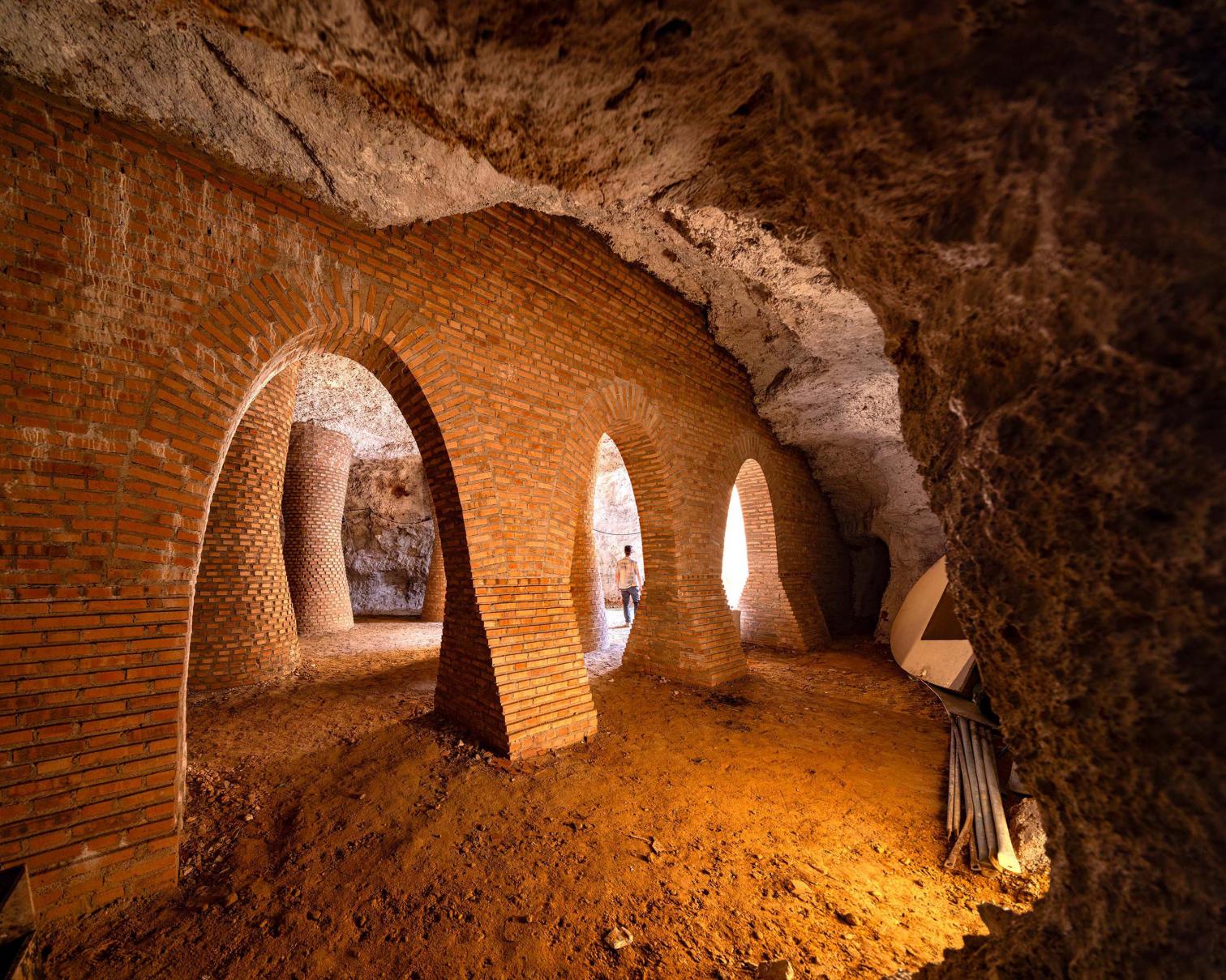
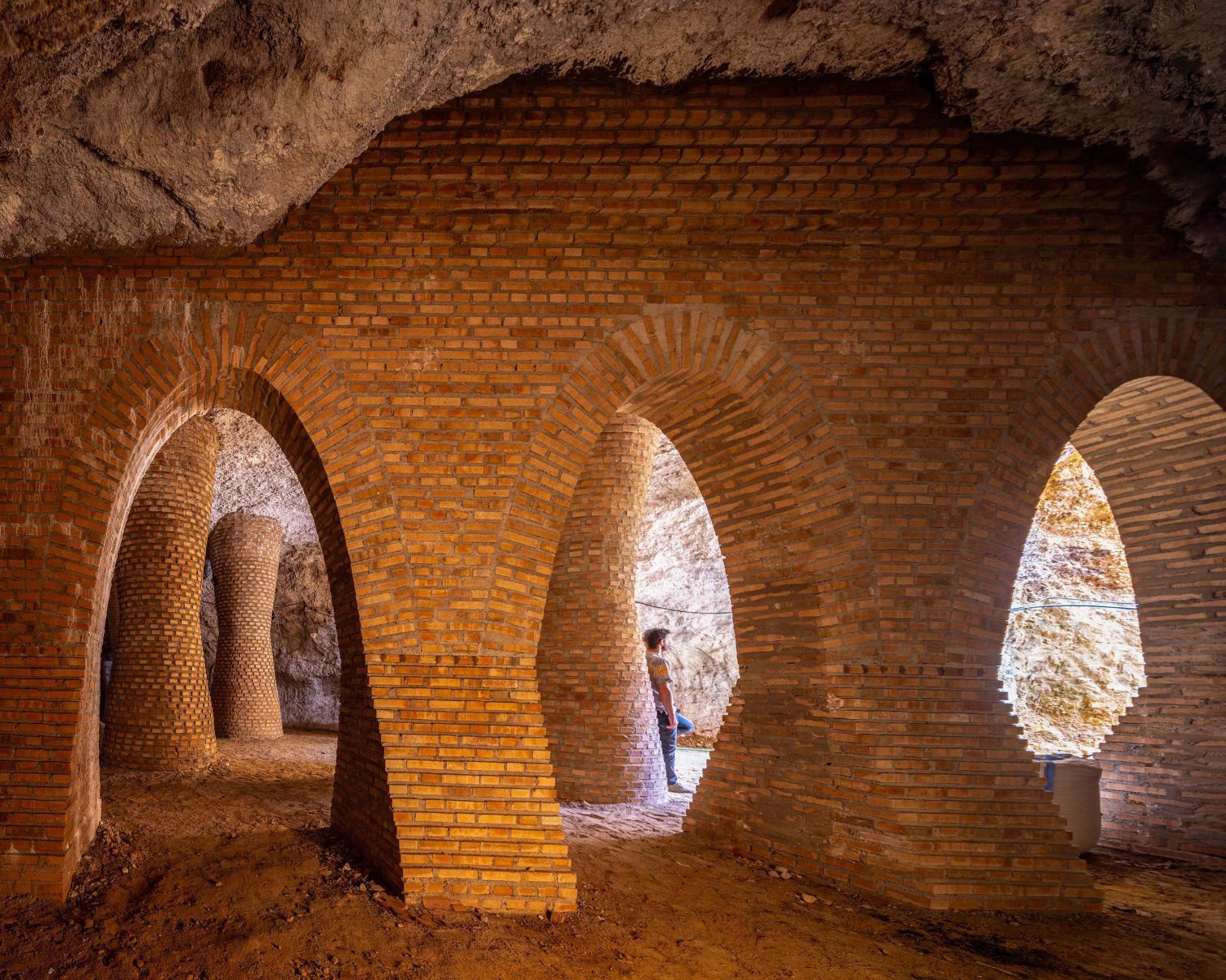
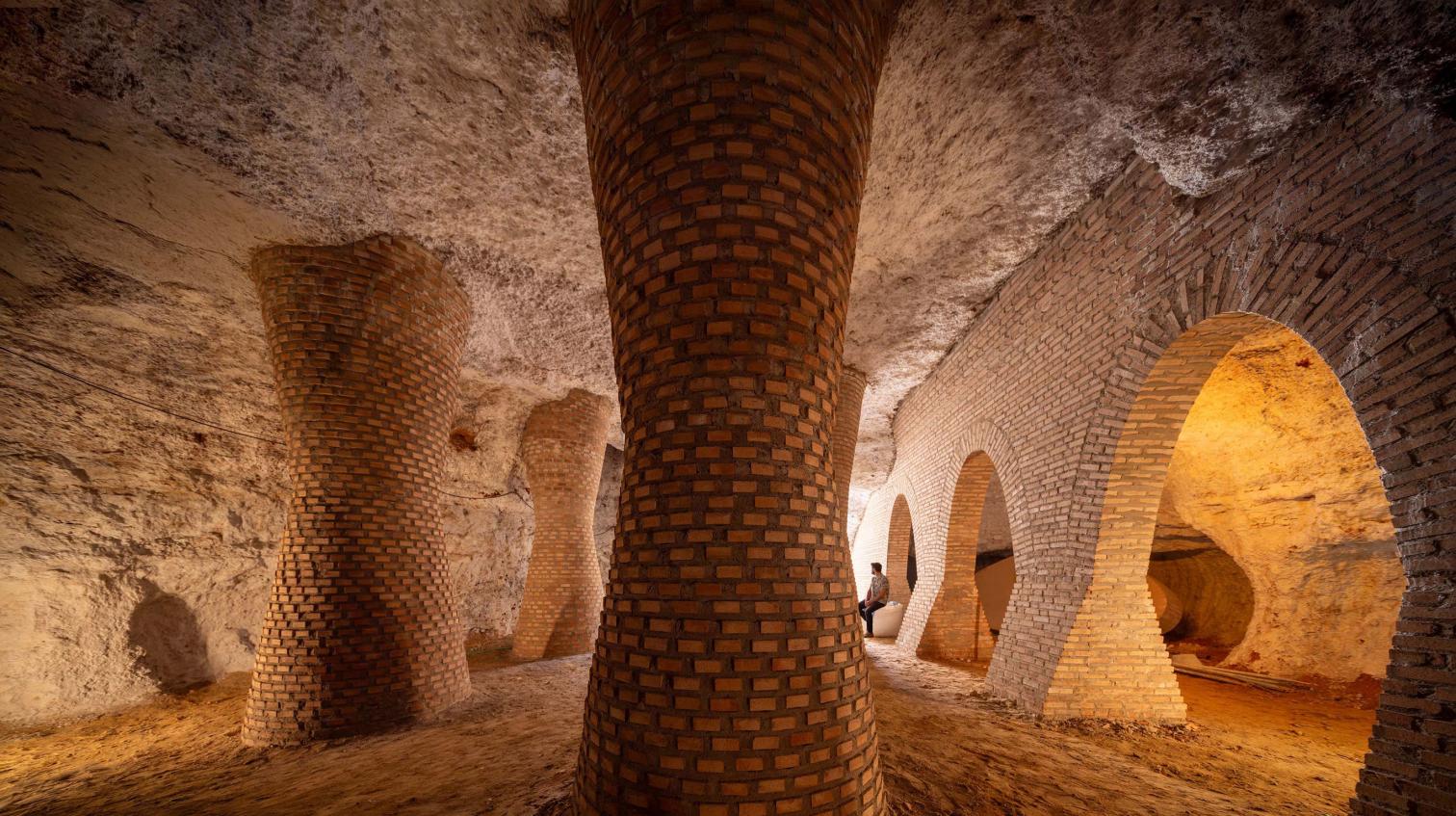
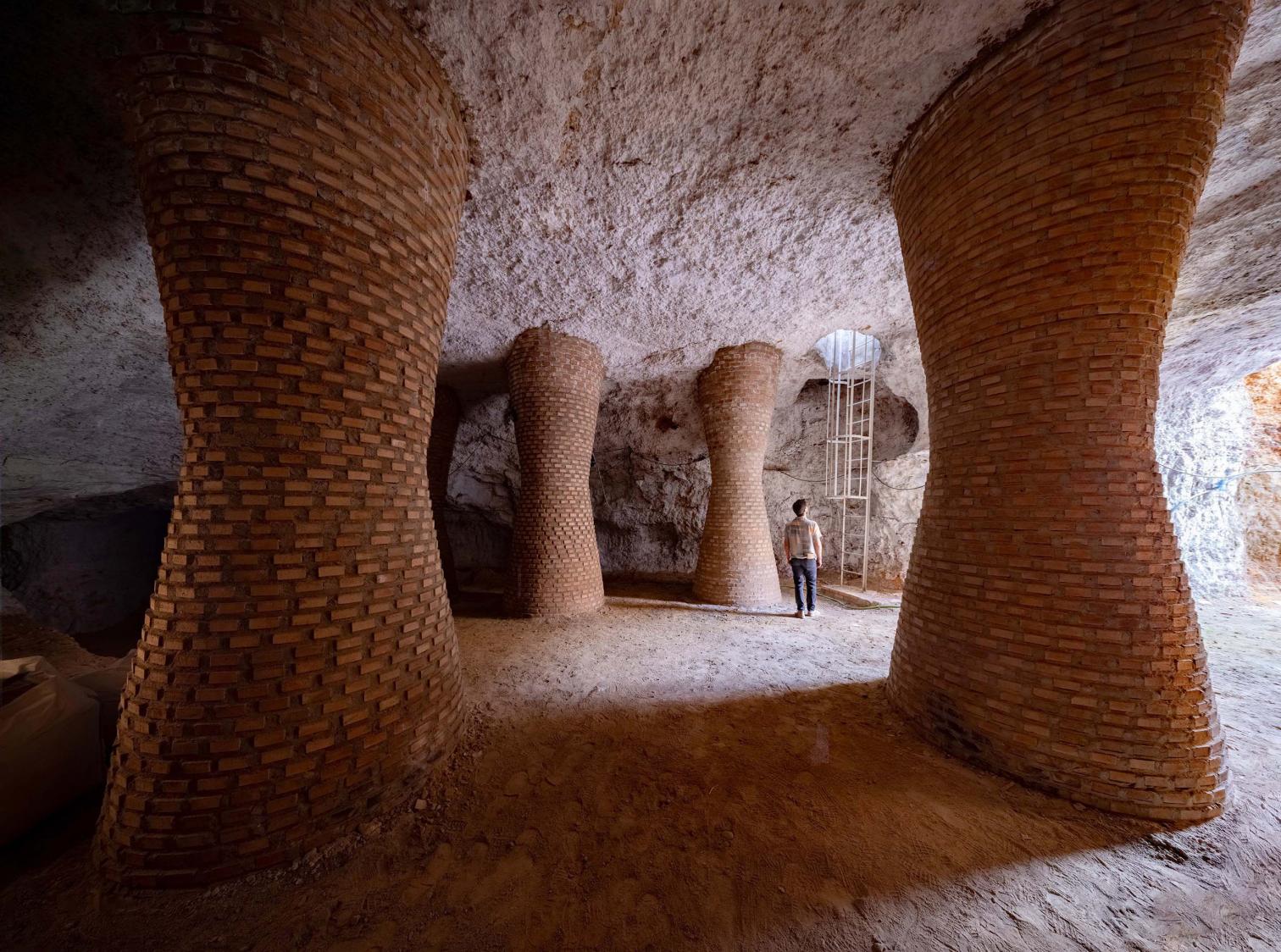
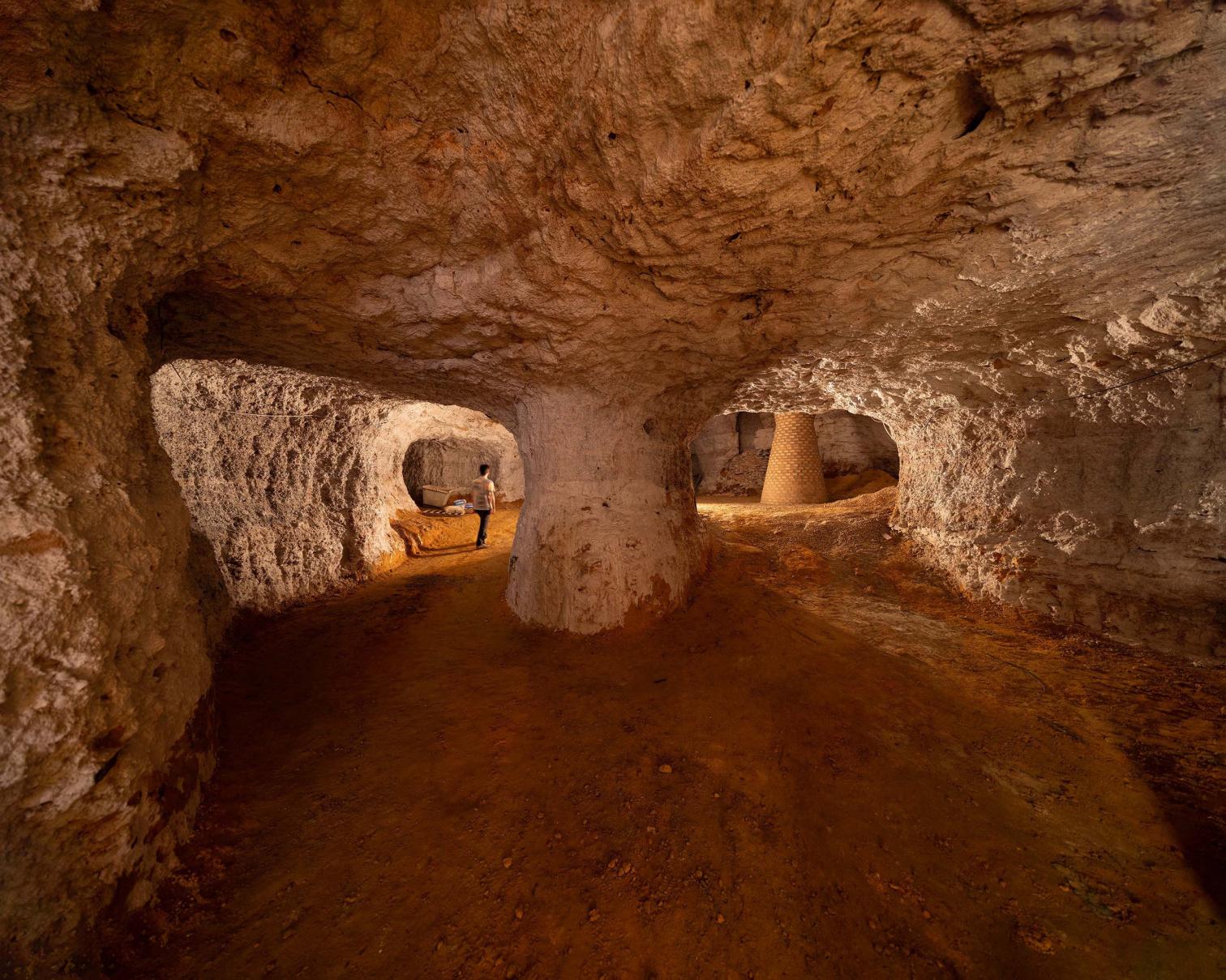
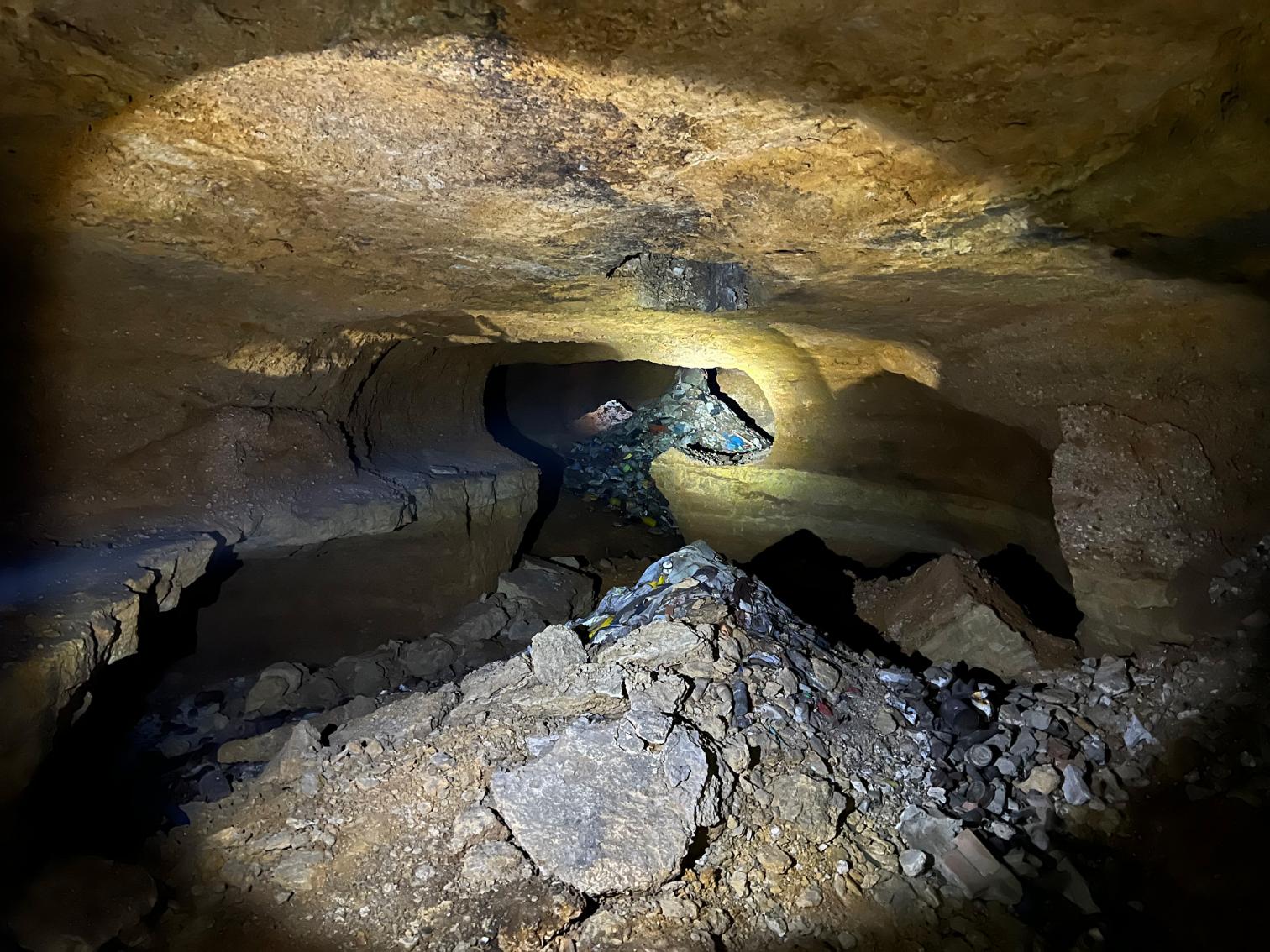
Estado previo
